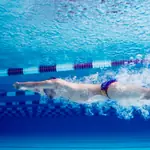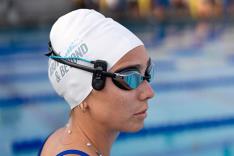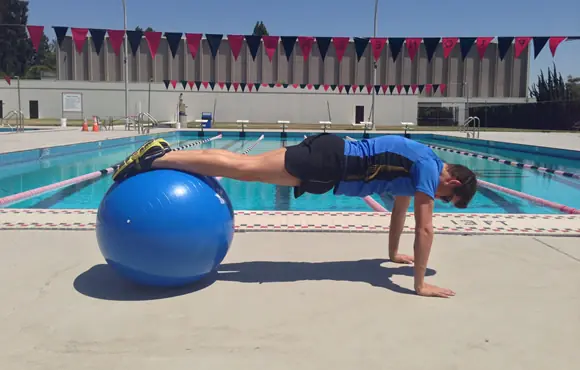
Swimming is the most technically demanding of the three triathlon disciplines, and the winter months are an ideal time for athletes to improve their swim technique. This means taking the time to focus on form (drill work), balance (kicking) and a feel for the water (sculling).
More: Sculling: The Forgotten Drill
Athletes should ignore the pace clock and, if swimming with others, resist the temptation to keep up with them. Swimming fast with poor technique will just reinforce old and often harmful habits.
Sessions should be shorter and more frequent, if possible—four 30-minutes sessions rather than two 60-minute sessions, for example. The shorter sessions allow athletes to hold their form for the entire session, and the more frequent sessions help develop a better feel for the water. Do not worry about losing fitness in the pool; working on efficiency during the offseason will help maintain your aerobic engine while perfecting form, balance and feel for the water.
More: Keep Your Feel for the Water With These 30-Minute Swim Workouts
For triathletes, swimming is more about efficient technique than levels of fitness or strength. The goal in the pool is to achieve perfect form, and thus become a more efficient swimmer. In a triathlon competition, a more efficient swimmer emerges from the water warmed up and ready for the bike—not exhausted and frustrated from having wasted energy due to poor form.
Efficiency, and the speed that it produces, can only come after an athlete has achieved a solid base of good form, balance and feel and then developed these traits into habits. Working on these three aspects of swimming in the winter months will transform the body's efficiency in the water, so that it can perform at a more balanced, smooth, effortless and often faster level.
More: Swim Drills: The Key to Efficiency
The included workouts are in the 2,400- to 2,500-yard/meter range. These distances can be adjusted to accommodate various levels of swimmers by increasing or decreasing the individual sets within the main set.
For less advanced swimmers, consider using fins during the side kicking and other drills to help. Fins allow you to focus on the drill at hand, rather than struggling to maintain a balanced position in the water.
Using fins while kicking and swimming also helps develop ankle flexibility—just be sure to ease into using the fins (too much too soon can cause strain on the muscles in the ankle area) and be careful not to become dependent on them.
- 1
- of
- 3
About the Author

Get ACTIVE on the Go


Meet Mobile
Swim smarter: heats, lane assignments and real-time results in the palm of your hand.
Available for iOS | Android







Discuss This Article